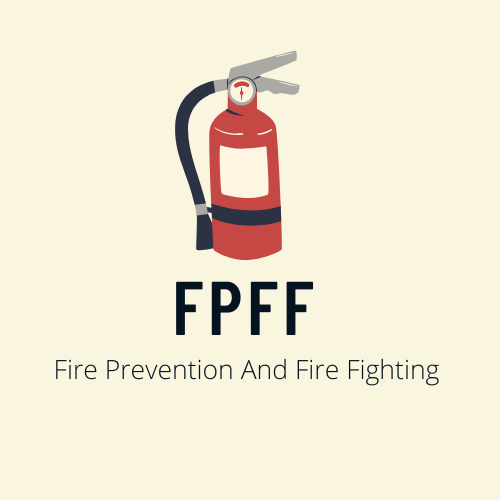LGTF exit exam questions and answer quiz contain questions Answer
If you find any questions incorrect, please let us know by Clicking here
1. What is the first thing you should do for someone you suspect has an electrical burn
a. Check for breathing and a pulse
b. Check to see if the electricity is turned off
c. Check for severe bleeding
d. Check for shock
2. The accepted treatment for nose bleeding is
a. Use direct pressure, elevation and pressure points to control the bleeding
b. Tilt the head back and tightly squeeze the nostrils
c. Have the victim
lean forward. Apply gentle pressure on the nostril. Apply cold cloth
d. Lay the victim on his back and treat him for shock. Apply heat if available
3. What do you do for a chemical burn?
a. Flush with water, dry, and cover
b. Flush with large amounts of water and cover
c. Flush with a large amount of warm water until help arrives
d. Flush with large
amounts of cool water until help arrives
4. Which of the
following can cause a stroke?
(a) A blood clot in
an artery in the brain.
(b) A blood clot in an artery in the heart.
(c) A blood clot in an artery in the leg.
(d) A blood clot in an artery in the lungs.
5. What is a faint?
(a) A response to fear.
(b) An unexpected collapse.
(c) A brief loss of
consciousness,
(d) A sign of flu.
6. What is an open fracture?
(a) A fracture in which the bone ends can move around.
(b) A fracture in which the bone is exposed as
the skin is broken,
(c) A fracture which causes complications such as a punctured lung,
(d) A fracture in which the bone has bent and split.
7. Difficulty in breathing may be a sign of:
(a) Heart attack
(b) Asthma attack
(c) Anaphylaxis
(d) All of the above
8. To treat strains and sprains, use the acronym RICE, which means:
(a) Rest, Ice, Compress, Elevate
(b) Run Inside, Call, EMS
(c) Rescue, Incline, Compress, Eliminate pain
9. How long would you check to see if an unconscious casualty is breathing normally?
(a) No more than 10
seconds.
(b) Approximately 10 seconds.
(c) Exactly 10 seconds.
(d) At least 10 seconds.
10. Hypoxia is caused due to a lack of oxygen.
(a) True
(b) False
11. Which of the following can cause shock?
(a) bleeding
(b) dehydration due to widespread burns
(c) severe diarrhea
(d) all of the above
12. Which of the following includes the top layers of skin and involves blistering?
(a) First degree burns
(b) Second degree burns
(c) Third degree burns
(d) All of the above
13. If a crew member suffers from frostbite, what should you do?
(a) encourage him to put their hands in their armpits.
(b) help move him indoors or to somewhere warm.
(c) place the body part in warm (not hot) water at around 40°C (104°F)
(d) all of the above
14. What is the best treatment for second-degree burns?
(a) Put aloe Vera lotion on it
(b) Put water on it
(c) Put ice on the burns
(d) None of the above
15. When will the short-term effect of heroin disappear?
Few hours •
within a day
After 3 to 6 hours
Before 48 hours
16. How much exercise do you really need?
45 minutes twice a week
30 minutes three or four days a week
60 minutes at least three or four days a week
30 minutes at least
four or five days a week •
17. What is Second line therapy
The second
combination drug for HIV when the first drug is resistance •
The first single drug for HIV treatments
The First combination drugs for HIV treatments
The second single drug for HIV when the first drug is resistance
18. Amphetamine stimulates the, by increasing the amount of certain chemicals in the body
Endocrine system
Central nervous
system •
Respiratory system
19. Color vision is reduced in
neuropathy
toxic-nutritional optic neuropathy
toxic-nutritional
ocular neuropathy •
cerebellar neuropathy
20. How long should a person remain still after being removed from cold water?
30 min *
1 hour
15 min
40 min
21. Which of these will help you avoid carbon monoxide poisoning if stranded in your car during a snowstorm?
Clear snow from the
exhaust pipe
Open a window to allow ventilation
Only run the motor for ten minutes at a time
Open the hood to the engine compartment
22. Where should be place your fist on the casualty in the CPR
Right side Ribs
Left side Ribs
Middle of the
sternum •
lower of the sternum
23. One of the principal dangers inherent in liquefied petroleum gas is.
As it warms up it becomes heavier than air
the way it reacts with sea water
the strong odor it produces
its low temperature
causes frostbite or freezing •
24. Who will check the pulse of the casualty
First person
Second person •
Casualty itself
No need to check
25. What is the proper treatment for frostbite?
rubbing affected area with ice or snow
rubbing affected area briskly to restore circulation
wrapping area tightly in warm cloths
warming exposed parts
rapidly
26. Heat exhaustion is caused by excessive.
loss of body temperature
loss of water and
salt from the body •
gain in body temperature
intake of water when working or exercising





